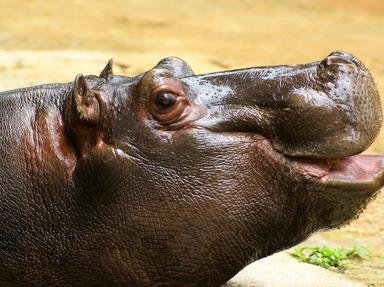Quiz Answer Key and Fun Facts
1. The songbirds have departed from the island of Guam due to which invasive species?
2. The Tierra del Fuego region of South America has seen deforestation and flooding due to which invasive animal?
3. The balance of nature in the Florida Everglades was severely altered by the introduction of which animal?
4. The cane toad has had devastating effects in several countries, such as Australia, after it was introduced What was the major reason it was introduced to these countries?
5. The zebra mussel has had serious effects in the United States, especially the Great Lakes region. How was it introduced to this region?
6. What is the name of the animal that migrated from the Atlantic Ocean to the Great Lakes, using the Welland Canal to bypass Niagara Falls?
7. Drug lord Pablo Escobar introduced which animal on his estate in Colombia, a creature which has altered the local ecosystem?
8. The European gypsy moth, now renamed the spongy moth, causes serious defoliation of hardwood trees in Canada and the US. For what reason were they purposely introduced into North America?
9. The population of the native red squirrel in the United Kingdom has been reduced significantly by the introduction of which animal?
10. The mongoose was imported to Hawaii to eradicate rats, which were damaging the sugar crop. The mongoose had no effect on the rats, but started to feed on bird and turtle eggs and native mammals. Why did importing the invasive mongoose fail?
Source: Author
SixShutouts66
This quiz was reviewed by FunTrivia editor
rossian before going online.
Any errors found in FunTrivia content are routinely corrected through our feedback system.
